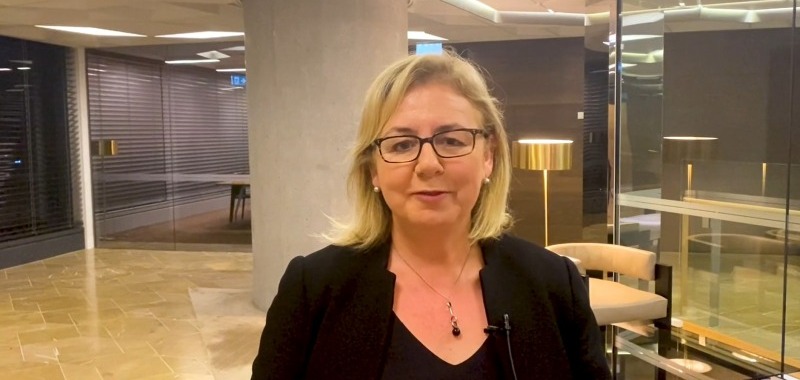As the Reserve Bank of Australia has begun to crank up the cash rate, ANZ senior economists Felicity Emmett and Adelaide Timbrell have reset their projections.
The pair expect the cash rate to rise to 2.35 per cent by mid-2023, despite the market anticipating a rate of around 3.25 per cent at that time.
The analysis from Ms Emmett and Ms Timbrell also stated that steep increases in the cash rate will flow through to variable mortgage rates, restricting buyers’ borrowing power and escalating repayments.
The rising cash rate is expected to outweigh any factors that would boost the property market, including the return of immigration, falling unemployment and rising wages.
As a result, the ANZ economists have revised their capital city housing market forecasts from an 8 per cent rise in prices over 2022 and a 6 per cent drop in 2023, to now a 3 per cent fall this year, before a further 8 per cent decline next year.
“A steep increase in mortgage rates over the coming year will weigh heavily on house prices,” the research note stated.
“Our expectation of a cash rate of 2.35 per cent by mid-2023 equates with variable mortgage rates reaching around 4.75 per cent by then. This will significantly reduce borrowing capacity, which will flow through to lower prices.”
The note also pointed to a slowdown across auction clearance rates and housing finance growth.
Mortgages are still on the way up, but higher variable mortgage rates are expected to soon bite.
“Rising fixed mortgage rates, macroprudential tightening, elevated supply and affordability constraints were weighing on the market before the cash rate began to rise earlier this month,” the report stated.
The analysis also referred to consumer sentiment data, which showed house price expectations have turned down and feelings around the “time to buy a dwelling” were at the lowest level in more than a decade.
In Sydney and Melbourne, house prices have already begun to slip.
However, other cities, such as Brisbane and Adelaide, have both seen growth around 8 per cent so far in 2022, the report noted.
ANZ has forecast that Sydney and Melbourne will continue to fall into 2023, with drops of 7 per cent in 2022 and 8 per cent next year drawn out for Sydney.
Melbourne is expected to see its prices diminish by 5 per cent this year, before a further 6 per cent tumble in 2023.
Meanwhile, Brisbane, Adelaide and Perth are thought to make further gains this year before declining by 9 per cent, 13 per cent and 7 per cent respectively next year.
However, the regions are expected to stay stronger than the cities.
The report also noted that building approvals have fallen by 36 per cent from their peak in March last year, marking a different era post-HomeBuilder and returning to levels similar to those pre-COVID.
A backlog of work from HomeBuilder has meant residential work in the pipeline grew by 43 per cent year-on-year in the last quarter of the year.
The ANZ economists have tipped the backlog of work will drive a 7 per cent uplift in housing construction over 2022, but falling approvals and higher mortgage rates will lead to a 10 per cent fall in activity next year.
“This could be considered a ‘normalisation’ of activity,” the report said.
It also noted higher risks of insolvencies in construction, as costs of materials continue to ascend, alongside a tight labour market.
Last week, ANZ also released research alongside CoreLogic revealing the median time to save a 20 per cent deposit across Australia has blown out to 11.4 years.
The researchers also found borrowers now need to use around 41.4 per cent of their income to service a mortgage.
[Related: RBA considered 40-bp cash rate raise]
 ;
;
